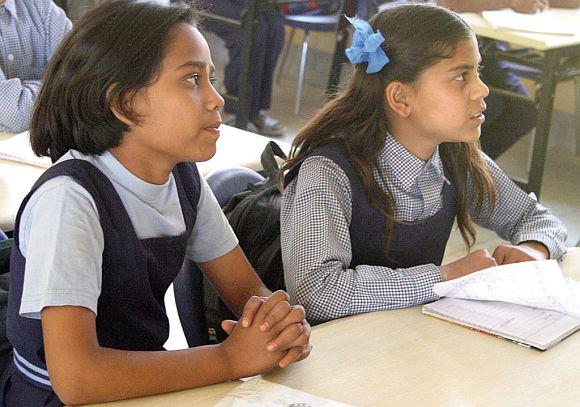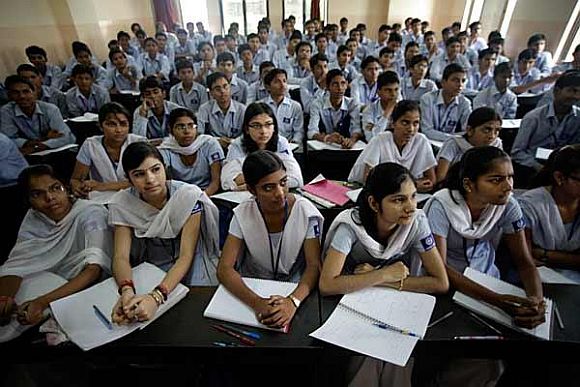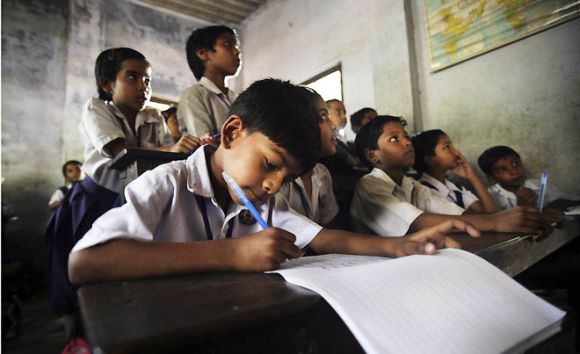PTI
Over 80 per cent of students in schools across the country are humiliated by teachers who tell them that they are not capable of learning, a study conducted by national child rights body has said.
Even the "cruel practice" of giving electric shocks finds a mention in the yet-to-be released study on the practice of corporal punishment brought out by the National Commission for Protection of Child Rights (NCPCR).
According to the survey conducted in 2009-10 academic year, only nine out of 6,632 students in seven states who were surveyed denied that they received any kind of punishment in schools.
NCPCR defines corporal punishment as physical punishment, mental harassment and discrimination of children causing both physical and mental harassment.
...
Over 80 pc students in Indian schools are humiliated
The survey was conducted to study the scale and magnitude of corporal punishment in the everyday school experiences of India's children, types of violent punishment prevailing in Indian schools and analyse by age the prevalence of different types of punishments among school children.
"99.86 per cent of children reported experiencing one or the other kind of punishment. As many as 81.2 per cent of children were subject to outward rejection by being told that they are not capable of learning," it said.
Getting beaten by a cane, being slapped on the cheeks, being hit on the back and ears and getting boxed are the other four major punishments, it said.
...
Over 80 pc students in Indian schools are humiliated
"These four punishments do not lag behind much in terms of their occurrence. Out of the total, 75 per cent reported that they had been hit by a cane and 69 per cent had been slapped on their cheeks," the survey said.
A senior NCPCR official said they will be coming up with 'Guidelines for Eliminating Corporal Punishment in Schools' on Monday.
The guidelines include measures for affirmative action in schools towards positive development and positive engagement with children.
It will also discuss creating an environment conducive to learning and for mechanisms and processes to give children a voice and engage in the process of creating a positive environment as well as for accountability and multi-sectoral responsibility.




article